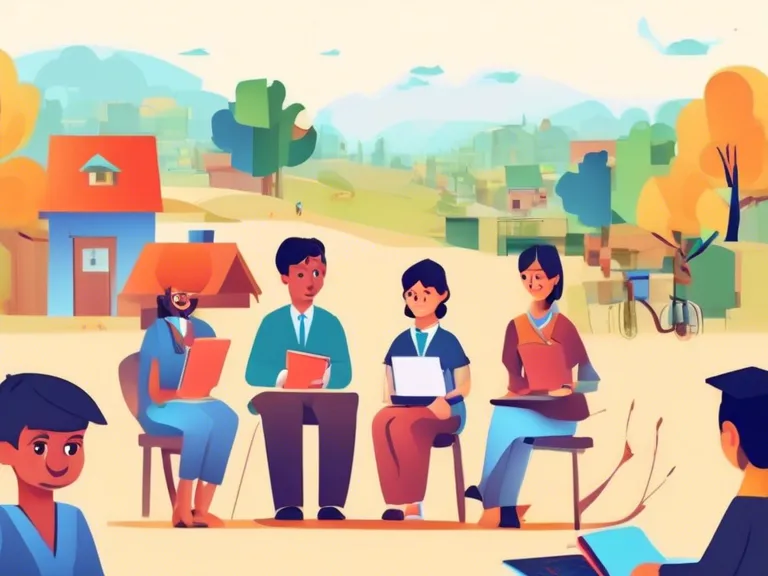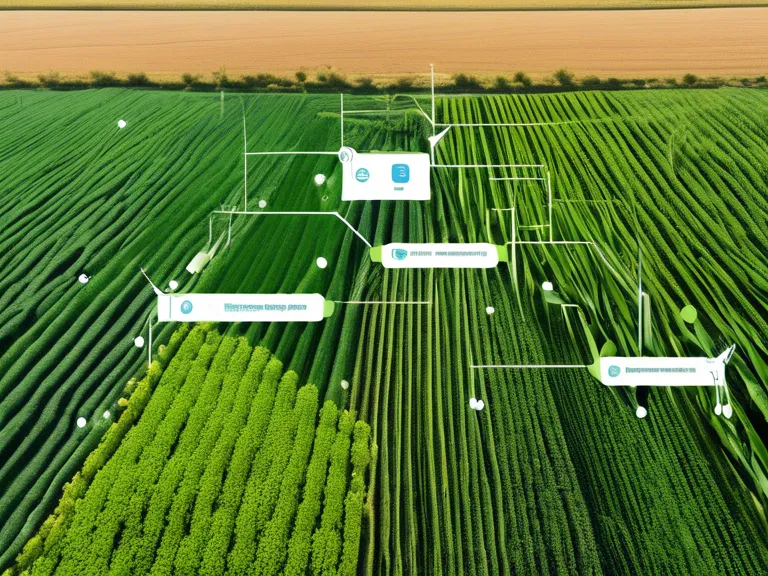
Artificial Intelligence (AI) is revolutionizing services and improving efficiency in rural areas, bridging the gap between urban and rural communities. With advancements in technology, AI has the potential to transform the lives of those living in remote and underserved regions, offering solutions to challenges faced in healthcare, agriculture, education, and infrastructure.
One of the primary applications of AI in rural areas is in healthcare. Telemedicine powered by AI enables rural communities to access medical services remotely, reducing the burden on healthcare facilities and improving patient outcomes. AI-powered diagnostic tools can also assist healthcare providers in accurately diagnosing illnesses and recommending appropriate treatments, especially in areas with limited medical expertise.
In agriculture, AI solutions such as precision farming and smart irrigation systems help farmers optimize crop yields and conserve resources. By analyzing data on weather patterns, soil quality, and crop health, AI can provide valuable insights that enable farmers to make informed decisions and increase productivity. This not only benefits farmers but also contributes to food security and sustainable agriculture practices.
AI is also enhancing education in rural areas by providing personalized learning experiences to students. Through AI-enabled platforms, students can access interactive learning materials tailored to their individual needs and learning styles. This personalized approach not only improves academic performance but also promotes lifelong learning and skill development, crucial for economic growth in rural communities.
Moreover, AI technologies are being deployed to improve infrastructure in rural areas, such as optimizing energy distribution, managing waste disposal, and enhancing transportation systems. By implementing smart solutions powered by AI, rural communities can enhance their quality of life, create employment opportunities, and attract investments for economic development.
As AI continues to evolve and become more accessible, its impact on rural areas is expected to grow significantly. By harnessing the potential of AI, rural communities can overcome the challenges of geographical isolation and resource constraints, leading to a more equitable and sustainable future for all.



